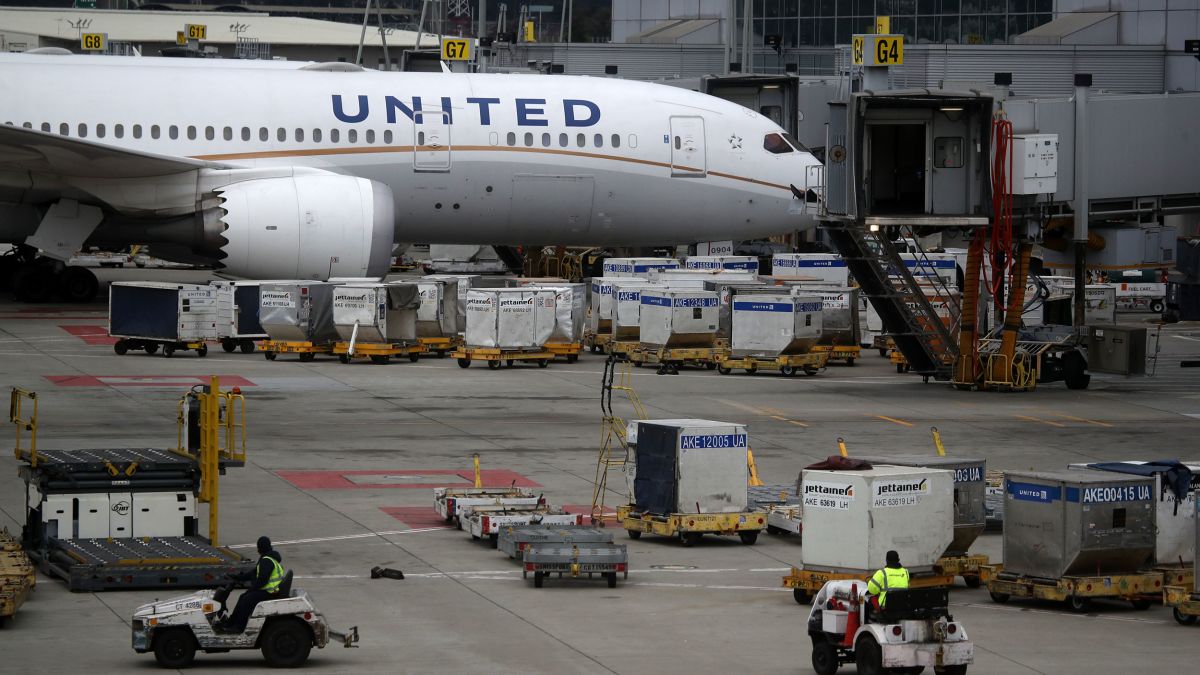
Ever wondered how airlines manage to stay profitable despite fluctuating fuel prices and economic downturns? Airline profit maximization hinges on a mix of strategies, from dynamic pricing to efficient fleet management. Airlines use sophisticated algorithms to adjust ticket prices based on demand, competition, and even the day of the week. They also optimize flight routes to save fuel and reduce operational costs. Ancillary revenues from baggage fees, seat selection, and in-flight services add another layer of profit. By understanding these tactics, you can see how airlines navigate the complex world of aviation to keep their businesses soaring high.
Key Takeaways:
- Airlines maximize profits through dynamic pricing, overbooking, ancillary fees, fuel hedging, modern fleets, and efficient route planning. These strategies help them save costs and appeal to customers.
- To boost profits, airlines focus on customer loyalty, targeted marketing, operational efficiency, and smart financial strategies. They also diversify revenue streams and control costs to ensure sustained profitability.
Understanding Airline Profit Maximization
Airlines operate in a highly competitive industry where profit margins can be razor-thin. To stay afloat and thrive, they employ various strategies to maximize profits. Here are some fascinating facts about how airlines achieve this.
-
Dynamic Pricing: Airlines use sophisticated algorithms to adjust ticket prices in real-time based on demand, competition, and other factors. This ensures they can charge the highest possible price that passengers are willing to pay.
-
Overbooking: To counteract no-shows, airlines often sell more tickets than there are seats. While this can lead to bumped passengers, it helps airlines ensure full flights and maximize revenue.
-
Ancillary Fees: Additional charges for services like checked baggage, seat selection, and in-flight meals contribute significantly to airline profits. These fees can sometimes exceed the base ticket price.
Fleet Management and Fuel Efficiency
Efficient use of aircraft and fuel is crucial for airlines to cut costs and boost profits. Here’s how they manage it.
-
Fuel Hedging: Airlines lock in fuel prices in advance through hedging contracts. This protects them from price volatility and helps in budgeting and financial planning.
-
Modern Fleets: Investing in newer, more fuel-efficient aircraft reduces fuel consumption and maintenance costs. This not only saves money but also appeals to environmentally conscious travelers.
-
Route Optimization: Airlines use advanced software to plan the most efficient routes, minimizing fuel burn and reducing flight times. This also helps in improving on-time performance.
Customer Loyalty and Marketing
Building a loyal customer base and effective marketing strategies are key to sustained profitability.
-
Frequent Flyer Programs: Loyalty programs encourage repeat business by offering rewards and perks. These programs also provide valuable data on customer preferences and behavior.
-
Targeted Marketing: Airlines use data analytics to create personalized marketing campaigns. This increases the chances of converting potential customers into ticket buyers.
-
Partnerships and Alliances: Collaborating with other airlines and travel companies expands an airline’s reach and offers passengers more options, enhancing customer satisfaction and loyalty.
Operational Efficiency
Streamlining operations can lead to significant cost savings and higher profits.
-
Crew Scheduling: Efficiently managing crew schedules ensures that staff are utilized optimally, reducing labor costs and avoiding delays caused by crew shortages.
-
Maintenance Practices: Regular and predictive maintenance helps in avoiding unexpected breakdowns and costly repairs. It also ensures aircraft are available for more flights.
-
Turnaround Time: Reducing the time an aircraft spends on the ground between flights increases its utilization, allowing airlines to operate more flights with the same number of planes.
Revenue Management and Financial Strategies
Smart financial strategies and revenue management practices are essential for profit maximization.
-
Yield Management: Airlines analyze booking patterns and adjust prices to maximize revenue from each flight. This involves selling the right seat to the right customer at the right time.
-
Cost Control: Keeping a tight rein on operational costs, from catering to airport fees, helps airlines maintain profitability even when ticket prices are low.
-
Debt Management: Managing debt levels and securing favorable financing terms allows airlines to invest in new aircraft and technology without overextending financially.
-
Diversified Revenue Streams: Airlines often diversify their revenue sources by offering cargo services, charter flights, and even selling frequent flyer miles to partners. This helps in cushioning against downturns in passenger travel.
Final Thoughts on Airline Profit Maximization
Airlines use various strategies to maximize profits. They rely on dynamic pricing to adjust ticket prices based on demand. Overbooking helps them fill seats even if some passengers cancel. Ancillary fees for things like baggage and seat selection add extra revenue. Fuel hedging protects against volatile fuel prices. Loyalty programs encourage repeat business. Route optimization ensures flights are efficient and cost-effective. Fleet management keeps planes in the air and reduces downtime. Partnerships and alliances expand their reach without extra costs. In-flight sales and advertising bring in additional income. Cost-cutting measures like reducing staff or using more fuel-efficient planes also play a role. Government subsidies and tax breaks can provide financial relief. Cargo services offer another revenue stream. Seasonal scheduling helps match supply with demand. Finally, customer service improvements can lead to higher satisfaction and repeat business. All these tactics together help airlines stay profitable.
Frequently Asked Questions
Was this page helpful?
Our commitment to delivering trustworthy and engaging content is at the heart of what we do. Each fact on our site is contributed by real users like you, bringing a wealth of diverse insights and information. To ensure the highest standards of accuracy and reliability, our dedicated editors meticulously review each submission. This process guarantees that the facts we share are not only fascinating but also credible. Trust in our commitment to quality and authenticity as you explore and learn with us.


